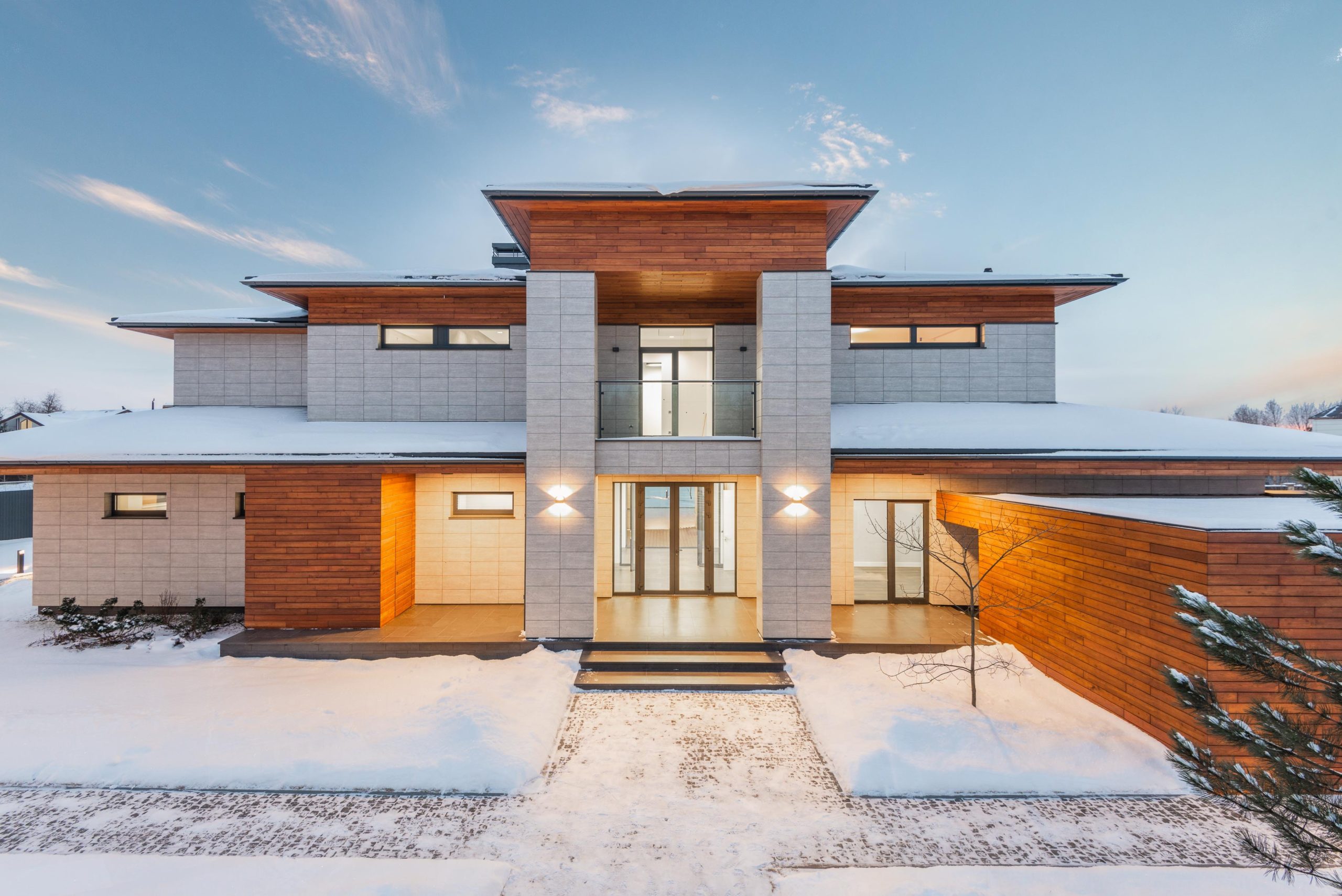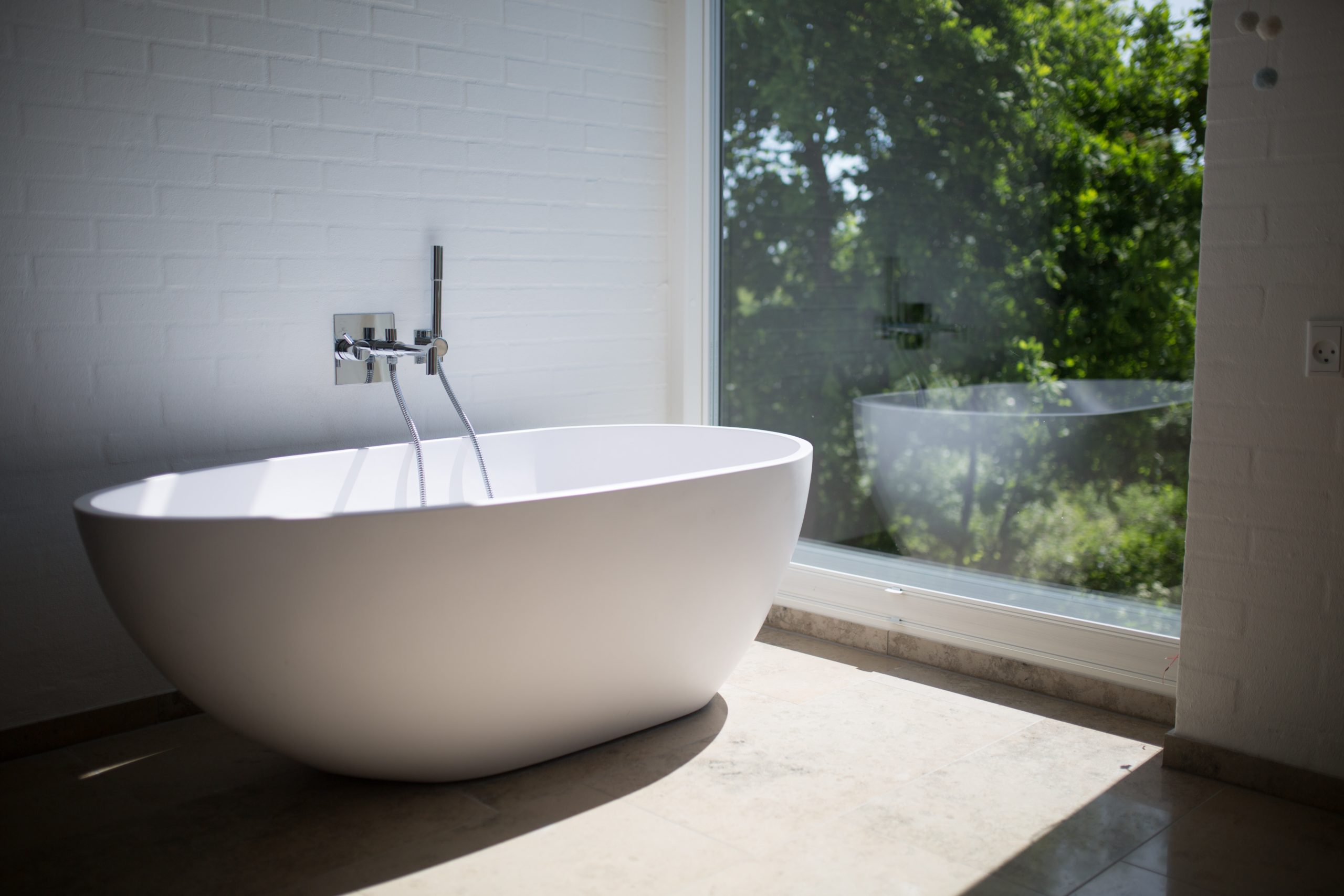Very few things are as frustrating and disappointing for a homeowner as low water flow and a sad, trickling shower. If your water mists gently through the showerhead, it’s a sign that something is wrong.
Then again, if water thunders through your pipes with the force of a thousand hurricanes, that isn’t any better.
Has your water pressure been fluctuating lately? The shower is probably the most obvious place to notice water pressure changes, but your entire plumbing system may be affected.
Read on to find out what your water flow is telling you about your pipes…and how to deal with it.
Familiar Sources of Low Water Flow
Water heaters
First things first: check the hot water. Turn on your bathtub tap, and open the cold water, then the hot water. Is there less pressure when hot water flows? Low pressure when running hot water is evidence of a water heater problem. Sediment that builds up in a hot water tank can block the flow. It accumulates over time, especially if you have hard water with minerals that settle out and harden. If this is the case, you’ll need to call in a pro.
Pipes/Lines
The pipes serving the hot water heater can also become blocked by buildup (sediment travels!). The blockage will gradually reduce pressure over time. Flexible lines, such as accordion-style copper pipes, are especially prone to developing kinks that reduce flow.
Clogs are also a common cause of water pressure drops. Over time, your pipes can develop a buildup of mineral deposits. In extreme cases, the diameter of the pipes decreases until they become clogged, preventing the water from freely flowing through.
There is good news and bad news. The bad news is that in extreme cases, you may need to replace sections of the pipe. The good news is that you can take care of smaller clogs at your system’s exit points by dissolving any minerals that are gumming up the works inside your faucet fixtures and showerheads.
A simple DIY fix is to place an open zip-lock bag filled with vinegar over your shower head or faucet, tie it in place with some string or an elastic, and leave it overnight to soak. Rinse off your cleaned fittings the next morning, and put your bathroom back together. If this trick doesn’t work and you believe you have a more severe mineral clog inside the pipes, call in a plumber to assess and correct the problem.
Valves
Every home has a main water valve, usually located near the meter, which controls water flow into your home’s pipes. Find the valve and check to see if it’s completely open.
Unfortunately, the valve sometimes gets accidentally turned during routine repairs and maintenance without the homeowner’s knowledge.
If, for example, your pressure drop coincides with recent work you’ve had done on your home, that may be a sign that your contractor may have turned off the main water supply and, at the end of the job, only partially reopened the valve—the result: restricted flow and reduced pressure. Fortunately, the valve is easy for you to adjust yourself; calling in a plumber is unnecessary. Just head on over to the valve and give it a turn. Voila!
Leaks
A leak in a hot water tank, pipe, or line can cause low water pressure and weak water flow. Begin by looking for evidence of leaks in the basement: puddles, water spots on the ceiling or walls, as well as dampness near hot water tanks, water fixtures, or pipes are clear signs of leakage. Other indicators are dripping noises or even wet spots outside the house, where the ground hasn’t been exposed to moisture. This is a sure sign of a leak–especially if the weather has been dry.
Next, take a peek at your pipes. Cracked or damaged pipes may result in water leaks that siphon off the water as it travels through your pipes, leaving you with just a trickle at the tap. There is a simple test to determine if your mainline has any damage. Ensure all faucets indoors and out are shut off, then turn off the water valve in your home and write down the number that appears on your water meter. Return in two hours and take the meter reading again. An increased reading is a sign of a leak—and a warning that it may be time to call in a professional.
Low water pressure in the shower is a sure sign of a problem. The showerhead is directly connected to the plumbing system, but it can be challenging to determine the source of the issue without the proper tools and experience. So is inspecting the components and pipes associated with your faucets. A leak, blockage, or damage may be challenging to spot, which is why it’s essential to call a professional plumber for help.
Habberjam at Home employs a team of experts who can check your water heater and other plumbing system parts to determine the source of low hot water pressure. Prompt, reputable, and affordable, our company is ready to help— contact us to discuss your situation and see how we can help.








